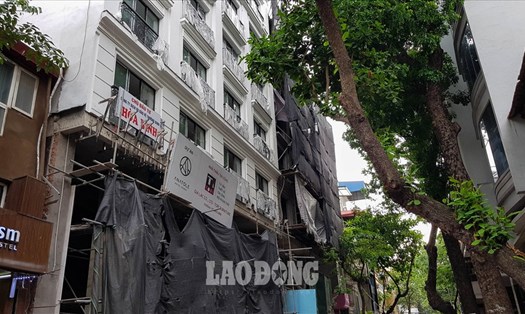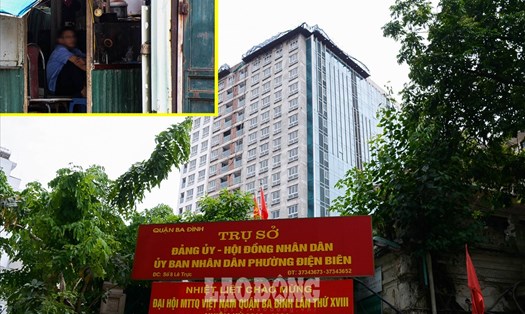Areas with a high gay household population in the US, often called gayborhoods, such as Philadelphia, Cleveland and Riverside County, are areas where the cost of LGBTQia is unreasonably more expensive than other areas.
The riverside neighborhood of Cleveland has 3.1% of same-sex households, with an average price of $221,000, 293.9% higher than an average urban home.
Real estate in the Philadelphia area around the Lombard - South terminal is 241.9% more expensive than other places in the city. Meanwhile, in West Palm Springs, California, the average cost of a real estate is 233% higher than in other areas in the Riverside District. This is the second largest LGBT-populated area (about 9.1%), behind San Diego's North Bankers Hill (about 10.1%). In the north of Bankers Hill, the average price of a house is $792,400, 25% higher than the average price of a house in the city.
New York is no exception. Real estate in the Upper West Side and West Village, where LGBTQ are concentrated, costs 116.9% more than an average house in the area.
According to the survey, the house prices of same-sex men are often higher, because they tend to have fewer children than same-sex couples, so their income from buying a house is higher. In addition, LGBT-populated areas are often a fertile land for technology, and are known for their community acceptance and openness for LGBT people, but this also makes housing prices higher.
This trend is not new. When the US housing market collapsed in the 2012s, home buyers across the country faced a 29% fee in densely populated areas of LGBTQ. This rate increased to 37% in 2017.
On the contrary, in some urban areas, straight-lifted neighborhoods are good markets for buyers. In Kansas, Missouri and San Antonio, Texas, properties in LGBT areas are 36% cheaper than in other parts of the city.









